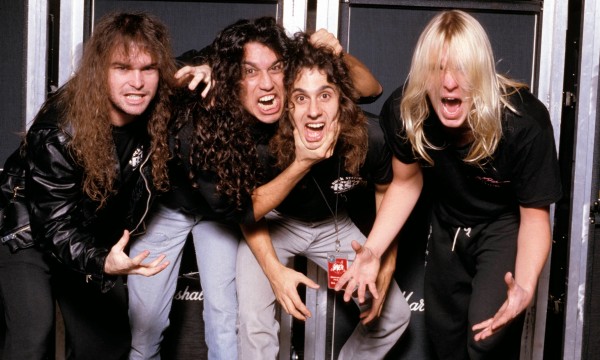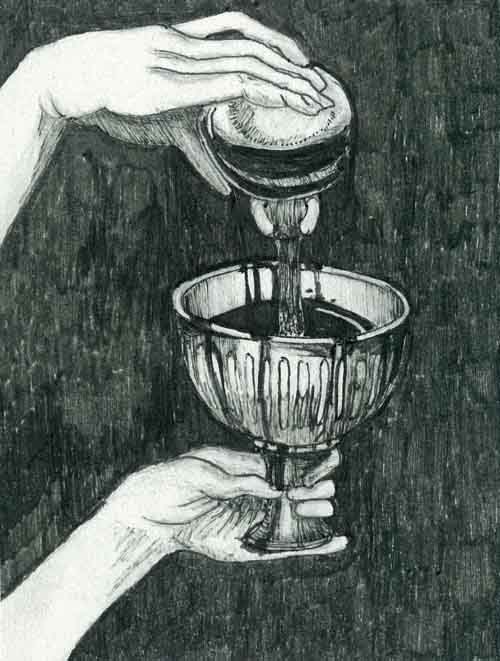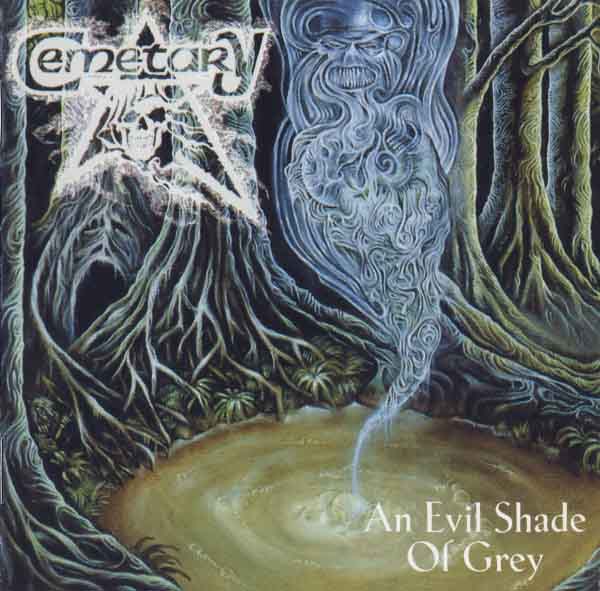
In the Death Metal Underground, the promos are reviewed in two separate yet equally important groups: the worthy which are investigated thoroughly and the shelf turds used to test the wounding potential of artillery. These reviews are the latter.
Mastiphal – For a Glory of All Spirits, Rise for Victory (1995, reissued 2015)
Emperor started the mass delusion among basement dwellers that adding dark wave keyboards to random metal riffs constituted black metal rather than loose stool. Mastiphal obliged, stopped jerking off to Sailor Moon, and wrote carnival music around stolen metal riffs and goth rock choruses. Celtic Frost, Slayer, Deicide, and all your other favorites get the Clan of Xymox cocks. These uncut, smegma-encrusted Poles rim that Castlevania cartridge, gape it, and slam their sweaty balls away. The breakdowns are there for pulling out and sword fighting.
Also sprach Zarathutsra : man discovering tools :: Mastiphal : man discovering anilingus
Goatblood / Nuclear Perversions – Rex Judaeorum / Wolves of Apocalypse (2015)
More three chord hardcore punk played out of time by fat hipsters who want to enslave the south side of Chicago. Good luck with that pickup beat. How about a delightful goat curry instead? True island flavor. Only long pig available? It will be delicious. The succulent belly fat from all those PBRs will melt right in.

Fat War Metal Pig Curry
1. Thoroughly restrain the long pig. Pry off the gas masks and slit the pigs’ throats over a bucket in the Jewish and Moslem tradition. If their faces are too ornamented and disgusting to look at, put the gas masks back on and savagely strike the necks until all heads are severed.
2. Let the carcasses drain of blood for the black pudding. Did you think blood libel was false? Our bodies will naturally turn theirs into excrement.
3. Be sure to cut off all metallic ornamentation. Flay all subcutaneous ink. Scalp the upper part of the body and use your blow torch to defoliate the chest hair. When butchering and gutting the carcasses, be sure to save the intestine and fat for the pudding. Discard the diseased livers.
5. Clean the intestines and cube the meat not too lean.
6. Fry the cumin, coriander, tumeric, and peppers with ghee. You may also use some of the fat obtained from the thighs and midsection.
7. Rub the curry onto the cubes and let marinate for at least twelve hours. This is a smart time to prepare the pudding.
8. Heat oil and cook the mixture in a sauce pan on low heat for hours. Cover and be careful. Do not rush with your dish’s composition but do not worry too much; like war metal, curries play themselves.
9. Serve over rice.
Ithaqua – Initation to Obscure Mysteries (2015)
Greeks broke. Greeks need foreign currency. Greeks see black metal autists who buy everything with bullet belt. Greeks know metal autist like black metal on pro-tape cassette. Limited tape trade Discogs Ebay. Rotting Christ and Varathron most true drum machine sampler Hellenic black metal. True cult early 90s. Cover them on 300 limit copies. Sell all rights of recording to label to buy case of skunky Euro piss lager. Stroke hairy Hellenic forearms. Wish you were cool. Drink away 51% youth unemployment. Kill self.

10 CommentsTags: 2015, Fat War Metal Pig Curry, For a Glory of All Spirits, Goatblood, Initation to Obscure Mysteries, Ithaqua, Mastiphal, Nuclear Perversions, Rex Judaeorum, Rise for Victory, sadistic metal reviews, Wolves of Apocalypse













